Behaviour of radionucides in the terrestrial environment
BORIS, EPORA, LANDSCAPE, MYRRH, SAVE, Sensitivity forum
| BORIS - Bioavailability of radionuclides in soils (2000-2004) | |
|---|---|
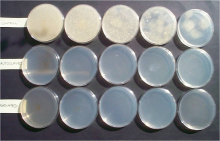 | The objective of the 5th Framework BORIS project was to improve understanding of the mechanisms governing the transfer of radionuclides to plants. The projects focus was mainly on the role of the biological elements (plants, mycorrhiza, microbes) involved in this transfer. Because of the importance of the chemical nature of the radionuclides involved the bioavailability of four different radionuclides (caesium, strontium, technetium, and uranium) was assessed. The exact role of additional pollutants was also scrutinised. To improve existing predictive models of radionuclide contamination of soils, knowledge acquired from the experimental results was incorporated into two mechanistic models. The experimental results were used in the development of bioremediation methods. The role of additional, non-radioactive, pollutants on radionuclide bioavailability was also assessed.
|
| MYRRH - Use of mycorrhizal fungi for the phytostabilisation of radio-contaminated environments (2000-2004) | |
|---|---|
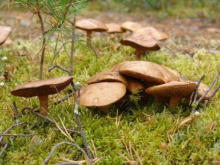 | Mycorrhizal fungi are major components of the microbial community present in root systems of most terrestrial plants. Through their activities at the interface between soil and the root system they have an important role in the soil-to-plant transfer of nutrients and related chemicals. The potential usefulness of mycorrhizae in agriculture, horticulture and forestry is now largely acknowledged. The research conducted in MYRHH focused on the role of mycorrhizae in the mobilisation and transfer of radionuclides with an emphasis on their application in the long-term management and restoration of contaminated environments.
|
| EPORA- Effect of industrial pollution on the distribution dynamics of radionuclides in boreal understorey ecosystems (1994-1998) | |
|---|---|
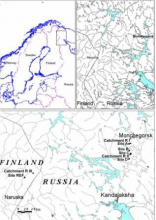 | The main purpose of EPORA was to study the influence of chemical pollution on the behaviour of artificial radionuclides (137Cs, 90Sr, 239,240Pu) in a northern boreal ecosystem. Subsequently, the significance of the findings on the radiation exposure of populations in such areas was assessed.
|
| LANDSCAPE - An integrated approach to radionuclide flow in semi-natural ecosystems underlying exposure pathways in man (1997-1999) | |
|---|---|
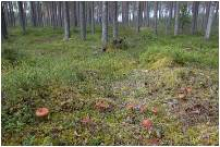 | The aim of the LANDSCAPE project was to obtain a basis for forming reliable assessments of the radiation exposure to man under different time scales from radionuclides in plant and animal products of some representative semi-natural ecosystems in Europe.
|
| SAVE - Spatial analysis of vulnerable ecosystems in Europe: Spatial and dynamic prediction of radiocaesium fluxes into European foods (1994-1998) | |
|---|---|
 | The aim of the SAVE project was the identification of areas and communities in Western Europe (the 15 EC countries and Norway) which are vulnerable to radiocaesium deposition and conversely those areas or communities which are resilient to radiocaesium contamination. To achieve the identification of such areas, a software system (SAVE-IT) was developed which dynamically predicts the behaviour of radiocaesium spatially. The key component of this was a soil-plant model parametrised using soil characteristics. The SAVE soil-plant model was subsequently used in the STRATEGY project as part of an approach to identify optimised remediation strategies. Publications:
|
| SENSITIVITY FORUM - Radioecological sensitivity forum (1998-2001) | |
|---|---|
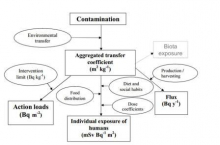 | The overall aim of this concerted action was to provide a standardised system, i.e. a consensus, in relation to the methodology and terminology used to define 'sensitivity' and 'resilience'. The forum was established to achieve a number of objectives. There were: to promote the dissemination of information on methodology and scientific results; to provide a forum for discussion and synthesis of the concept of radioecological sensitivity (achieved by a combination of working groups and discussion groups); to provide a definition of 'radioecological sensitivity' in the context of radioecology and radiation protection (to aid in the implementation of policy); to define the terminology and methodology to be used in future radioecological sensitivity assessments and finally to provide an input into describing potential studies which might be justified under the next framework.
|
